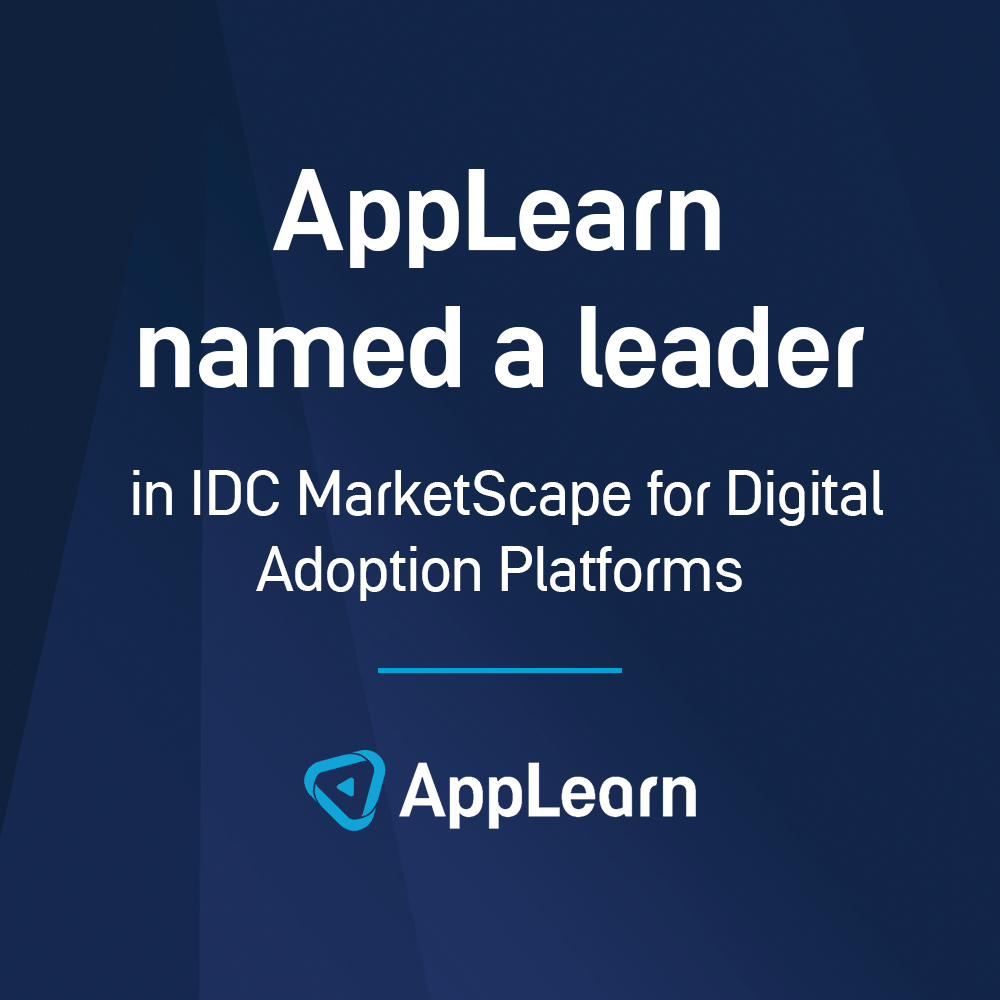News
The trends shaping digital transformations in 2022
The trends shaping digital transformations in 2022
Hyper-automation comes hand in hand with productivity
Automate everything you can. Especially those tasks that your employee does repeatedly as a routine. And if an automation tool doesn’t exist for an activity, create one yourself.
That’s a simplified way to describe the hyper-automation that’s been on the rise lately and is predicted to dominate in 2022.
But don’t think of applications and other hyper-automatization tools as stark robots that only do what they are told to do. In fact, enhanced bots work in a more sophisticated way, are able to react on their own or even suggest what else can be automated.
And because they use artificial intelligence and can recognize natural language, they can adapt even more to human behavior.
Ultimately, this means you can trust them with most of the routine tasks your employees used to do. Bots will do it faster (estimated to work 10 times faster) and with minimal risk of error.
But the message to employees is that they don’t have to worry about their job. Bots are not meant to replace them, quite the opposite. Hyper-automation is here to make employees more productive and efficient.
It allows them to focus on more meaningful activities such as strategy, planning and achieving company goals instead of menial tasks.
The key role of business technologists
If you haven’t heard of business technologists or know little about them, you need to change that fast. Research indicates that when it comes to digital adoption, this position will play a key role in 2022.
Their importance is already being demonstrated now during the pandemic. Instead of IT departments working together to innovate, they are devoting all their time to the critical support of the day-to-day running of companies.
It is the business technologist who relieves this pressure by coming up with suggestions for technology improvements and their implementation. The business technologist’s contribution, however, lies mainly in the fact that he or she knows a thing or two in many areas.
Research firm Gartner describes a business technologist as a person who is involved in automation, app development, artificial intelligence tools and data exploration.
He or she goes on to use that knowledge to design innovations that fit the business, while also helping the company implement them.
His or her technical and managerial skills are indispensable, and many companies are realizing that.
By 2024, it will be the business technologists who will decide what technological products and services a company will use.
AI for customer and employee convenience
Artificial intelligence goes hand in hand with a positive customer experience. With personalized emails, limited campaigns or interactive contact centers, a company gets closer to the customer and offers them what they need at the time.
However, artificial intelligence is not the latest trend, it is a common thing. Therefore, within 2022, we recommend that you use it wherever you can. For instance, even when training employees.
For example, our digital adoption platform guides users through any software so that they can learn how to use it as quickly and efficiently as possible. In order to do so, it uses artificial intelligence features.
These evaluate the employee’s behavior and accordingly suggest unique onboarding in the software, exactly matching the employee’s skills. The platform itself also evaluates when a worker needs help and immediately provides it in the form of a personalized guide.
Linked and hybrid experiences
Like artificial intelligence, the concept of a cloud or platform is nothing new. Nevertheless, you’ll be hearing a lot about both of them in 2022.
As the global pandemic has shown, employers must permanently reckon with a hybrid work culture where employees can work from both the office and home.
And even if you’ve already introduced some platforms, experts say you need to double down on digital transformation to comfortably manage such a mode.
In practice, this means you’ll need additional automation tools or apps instead of one platform. These need to be able to understand each other well enough for the employee to work to their full potential without any problems wherever he or she is.
Emphasis on human capital management software
Who will be the new member to join the team? Who will move up to a more senior position? And who is eligible for leave?
A single Human Capital Management Software solves all these questions instead of HR departments.
These types of tools will be on the rise in the coming year. So, if you’re not already using one, look around quickly.
All their capabilities will convince you that they are worth your investment. In addition to performance and attendance management, an HCM system can also help you keep track of expenses or fair pay.
For company management, this means saving time and money. For employees, fair pay or career advancement motivates them to be more engaged and productive. So it’s a win-win.
Cybersecurity is a must
Technological advancement is inevitable, but there is an important issue to keep in mind, which is security in cyberspace.
While IT industry leaders are well aware of its importance, the last thing they’d want is security concerns to slow down technological innovation.
However, the concerns are valid because if a company suffers a cyber-attack, it risks losing customer data, financial losses and also reputational damage. Therefore, digital adoption in 2022 will be shaped in a big way by efforts to prevent these threats, with the help of default cyber protection tools.
This means that the most secure configurations should already be part of any reliable platform by default.
And if the user installs any additions himself, the software will explain to him or her what risk is related to that particular configuration.
In case you do not have technological security completely figured out in your company, make it perfect as soon as possible. You don’t want to put customer data or your reputation at risk.
Article by
Daniel Gripton
Share this article





